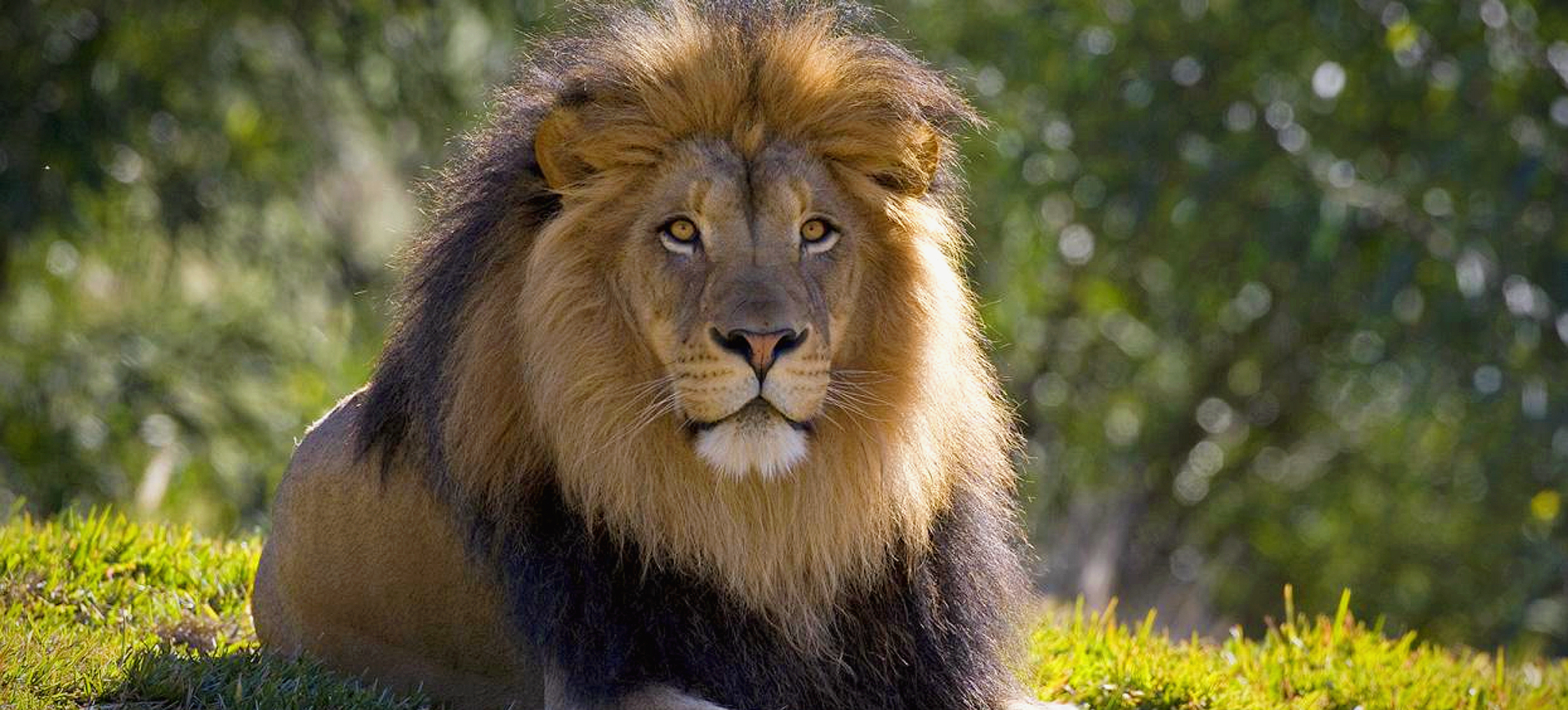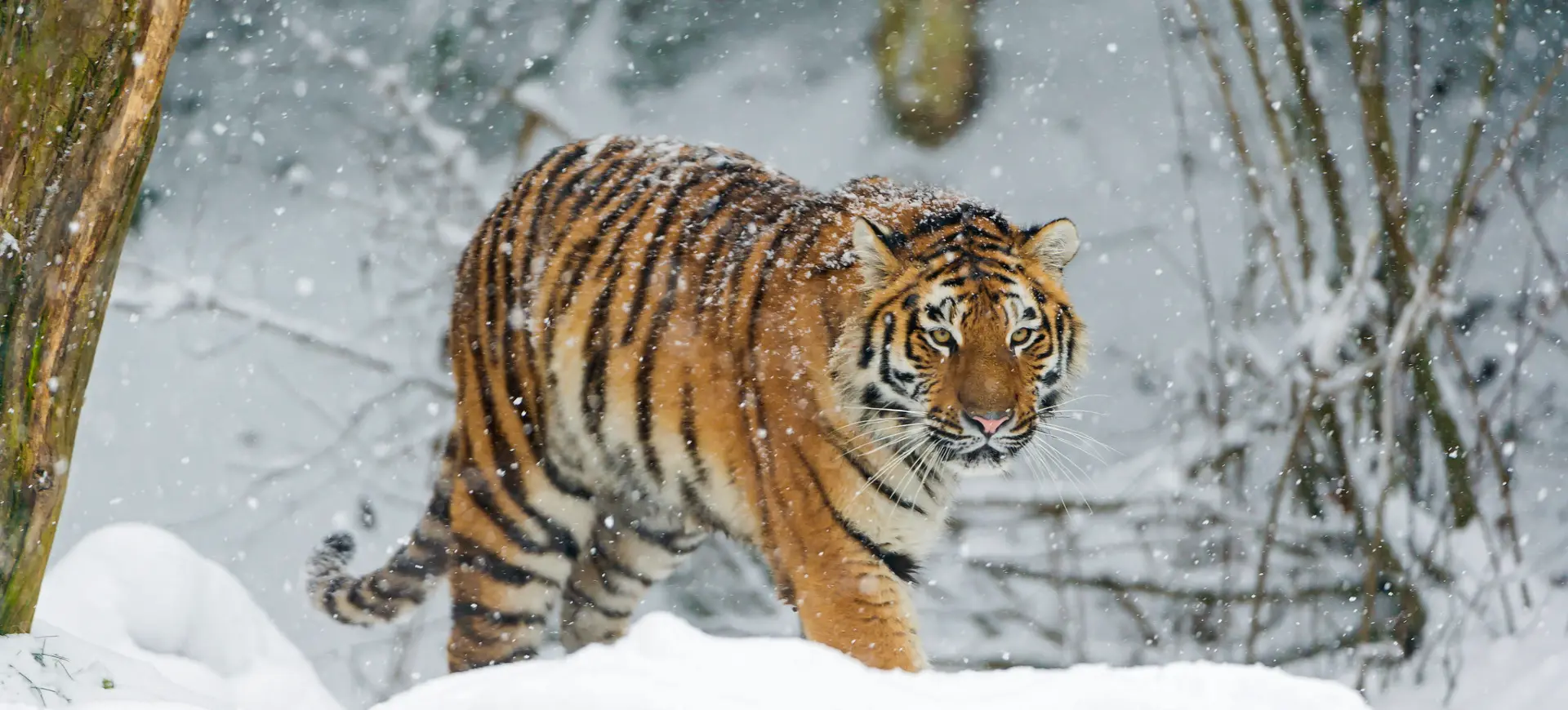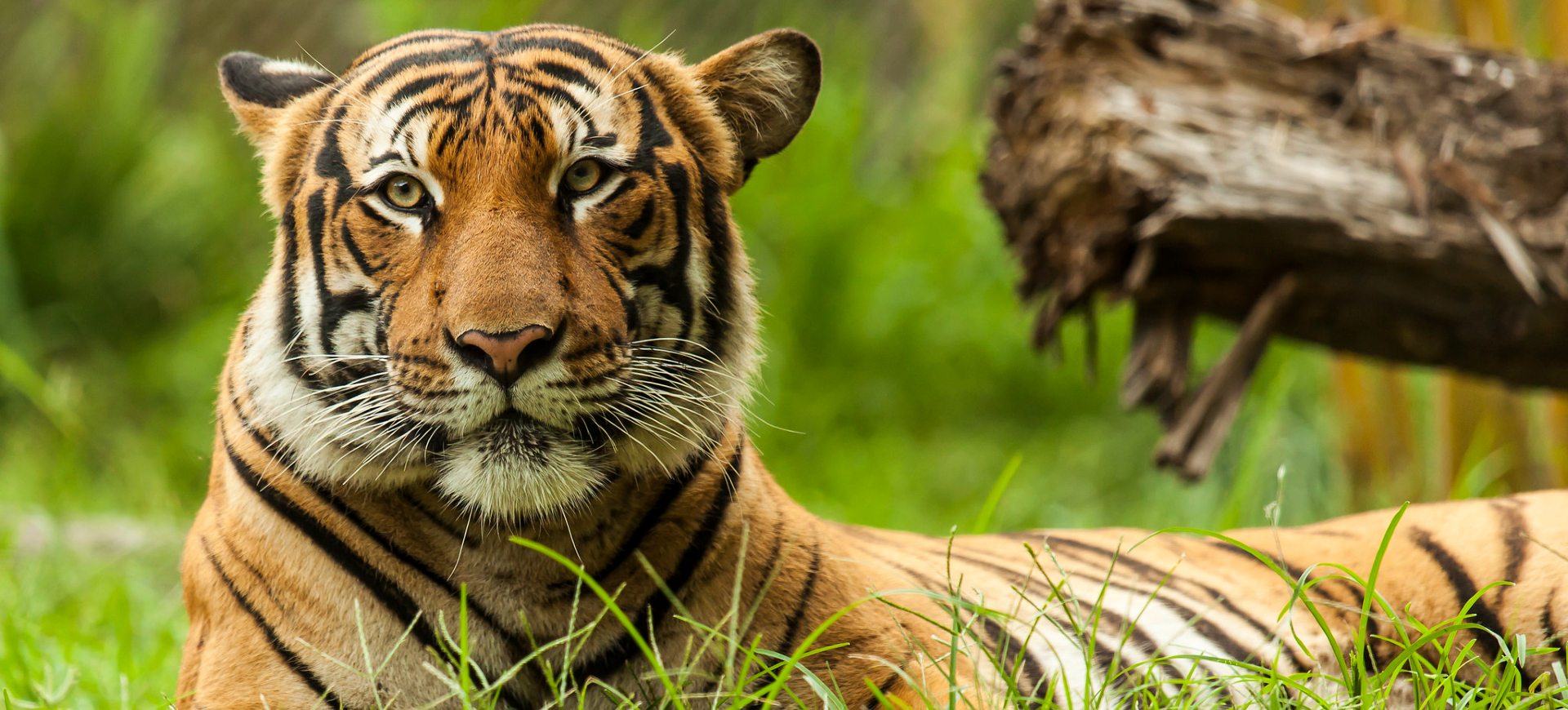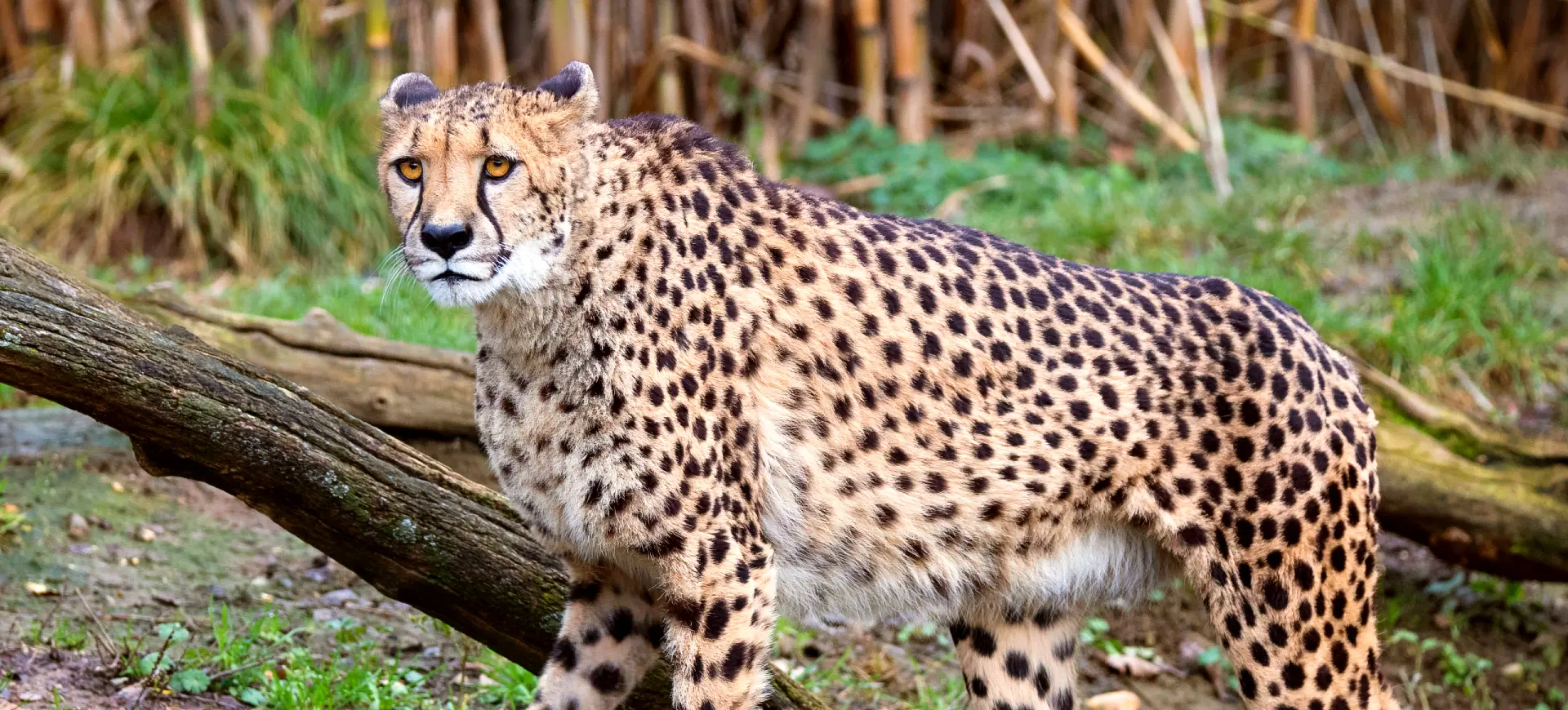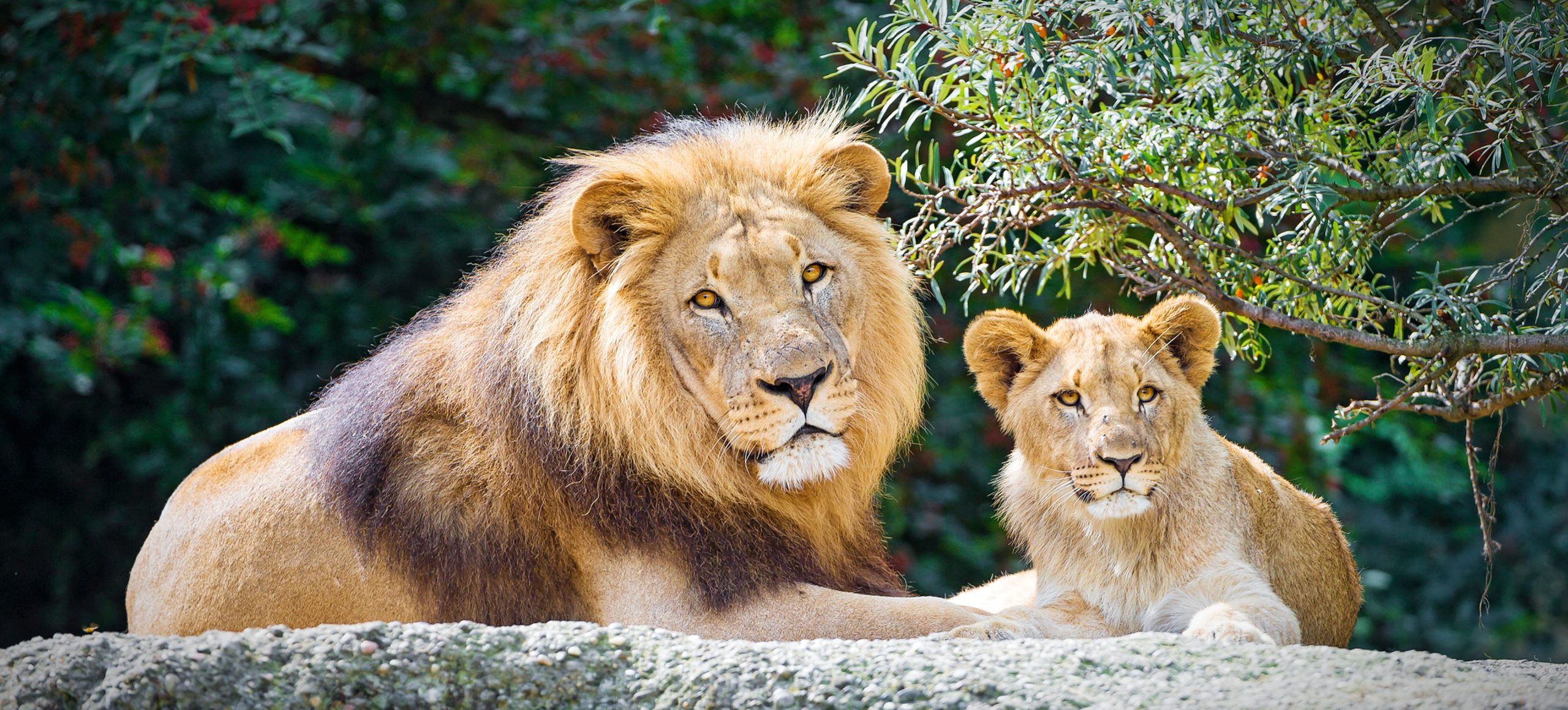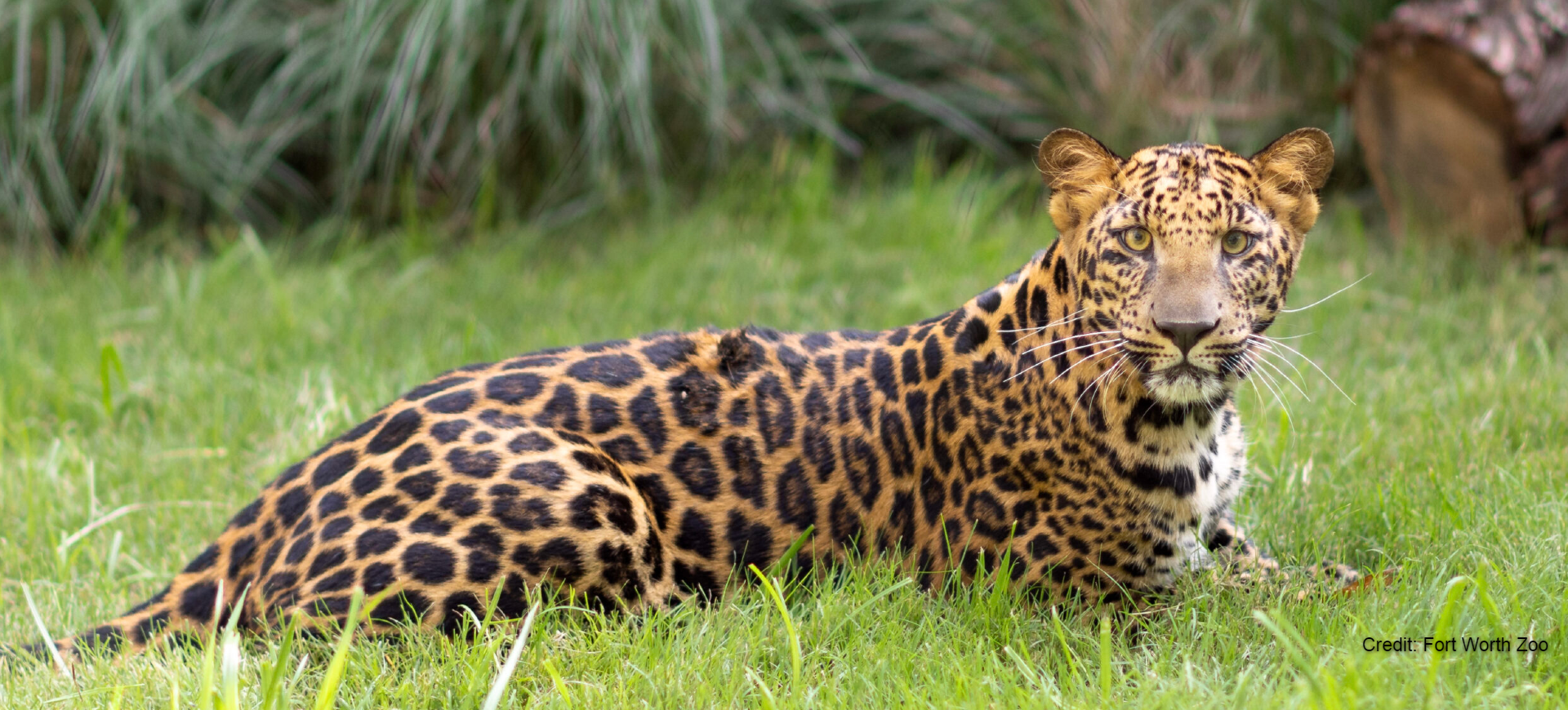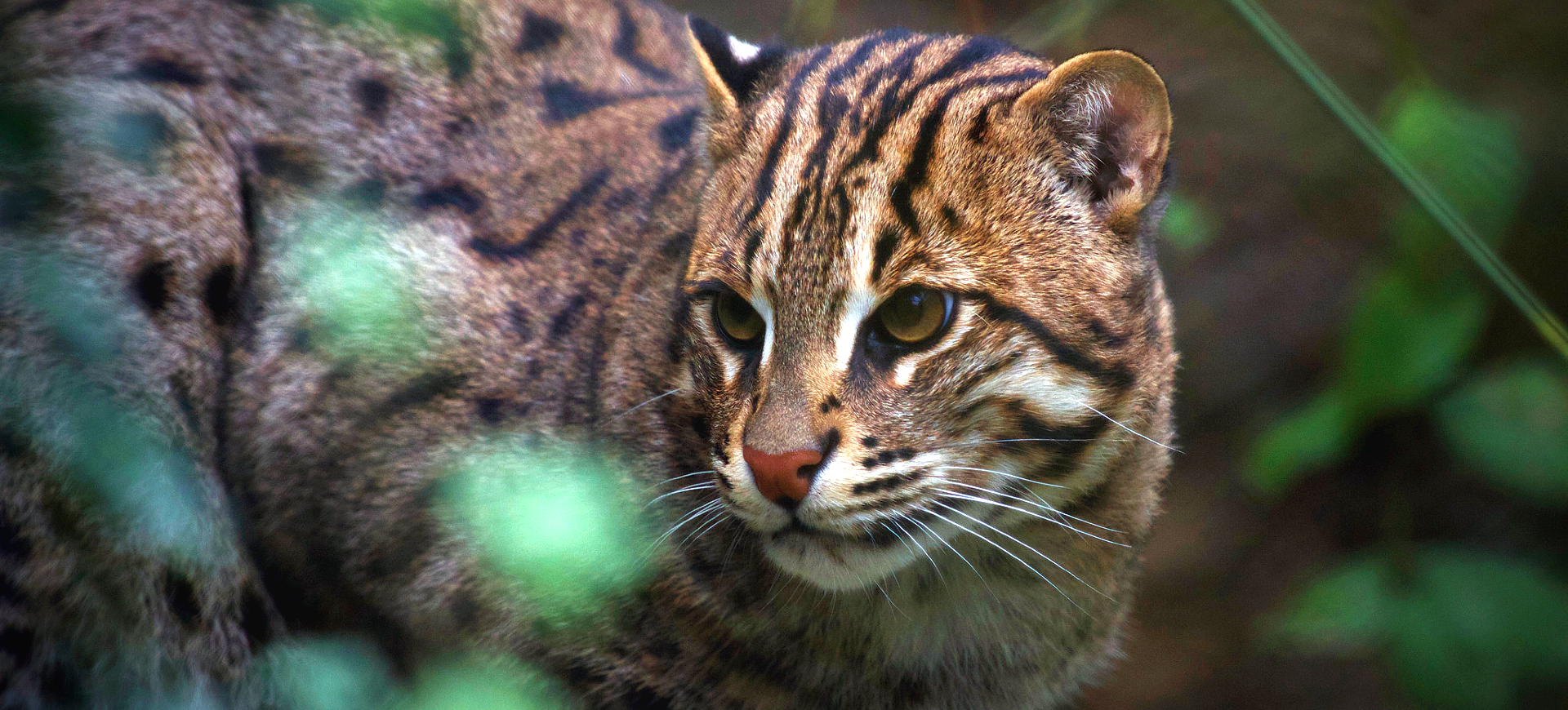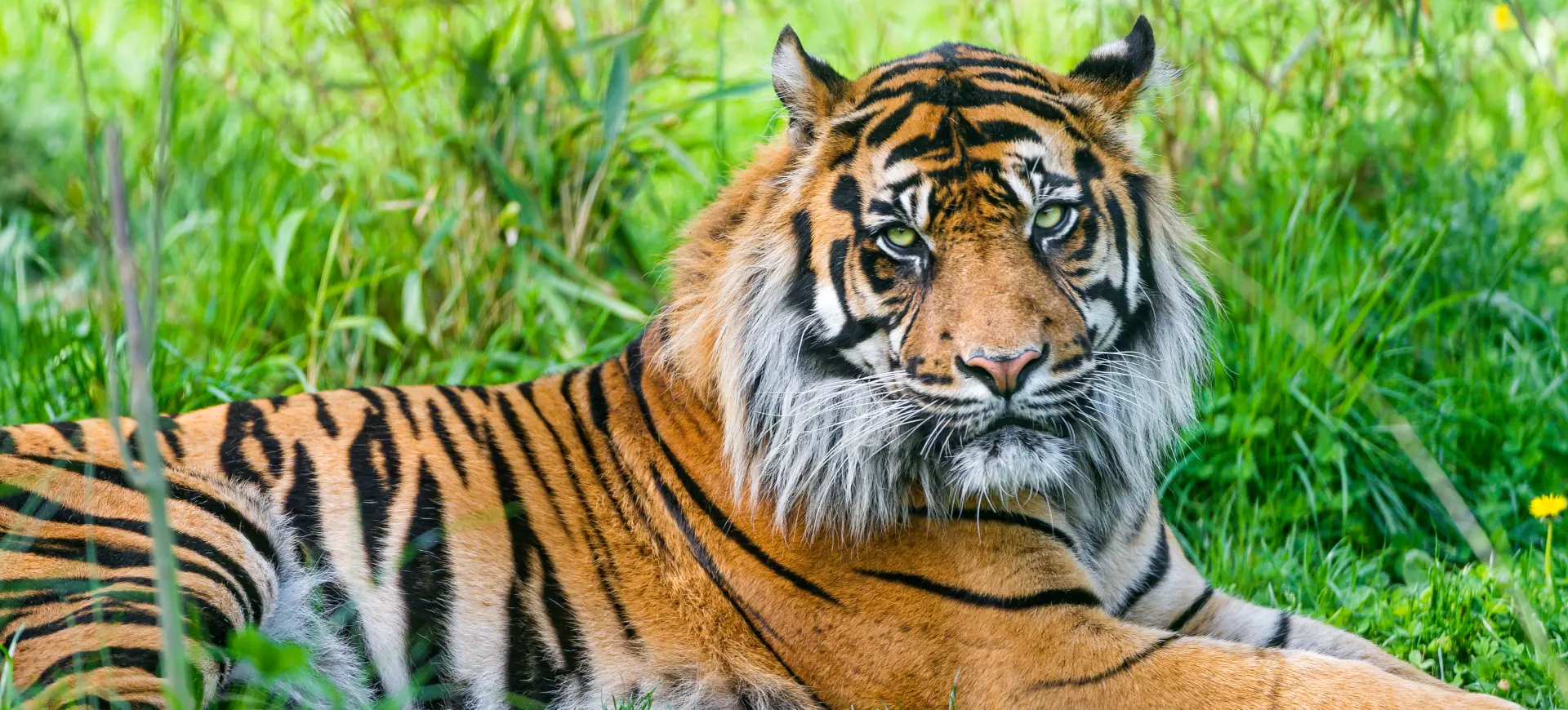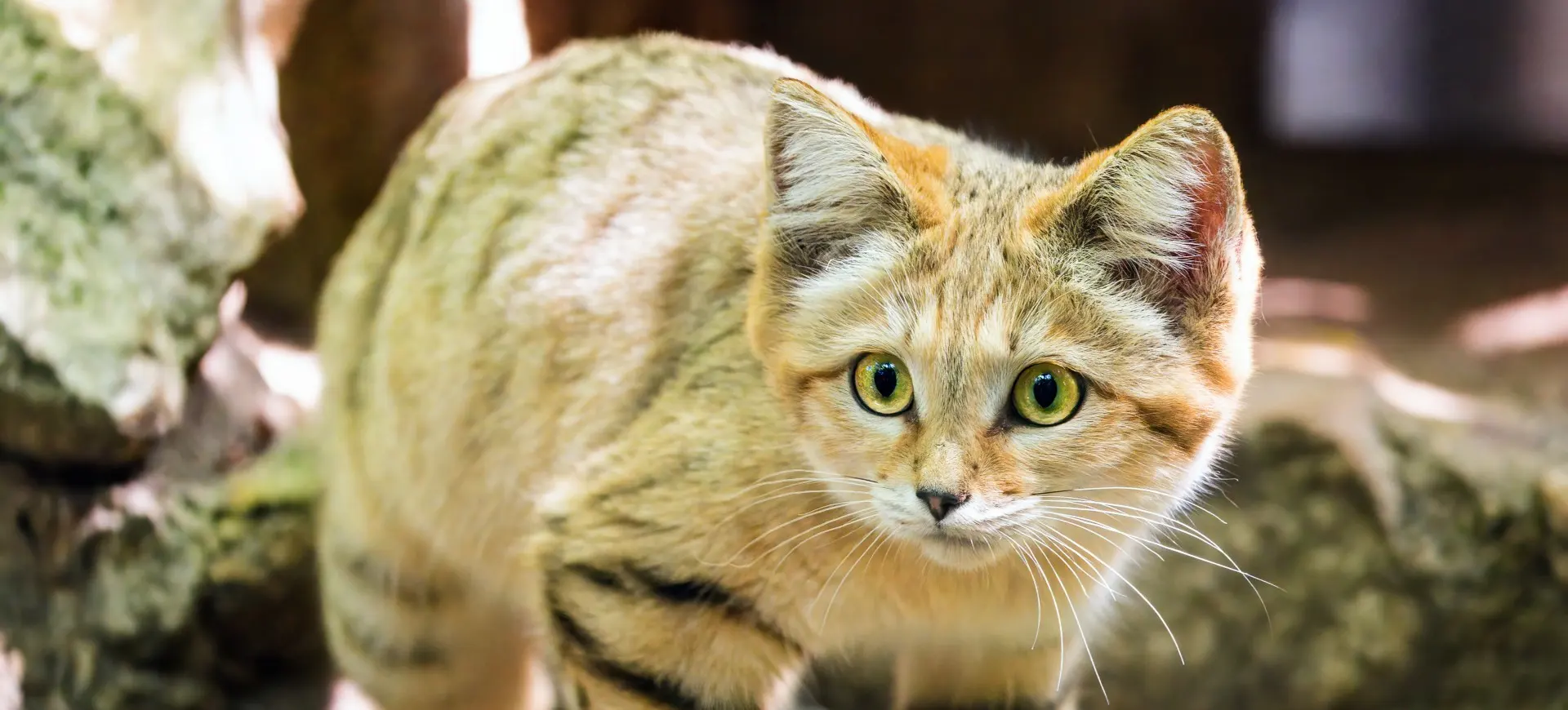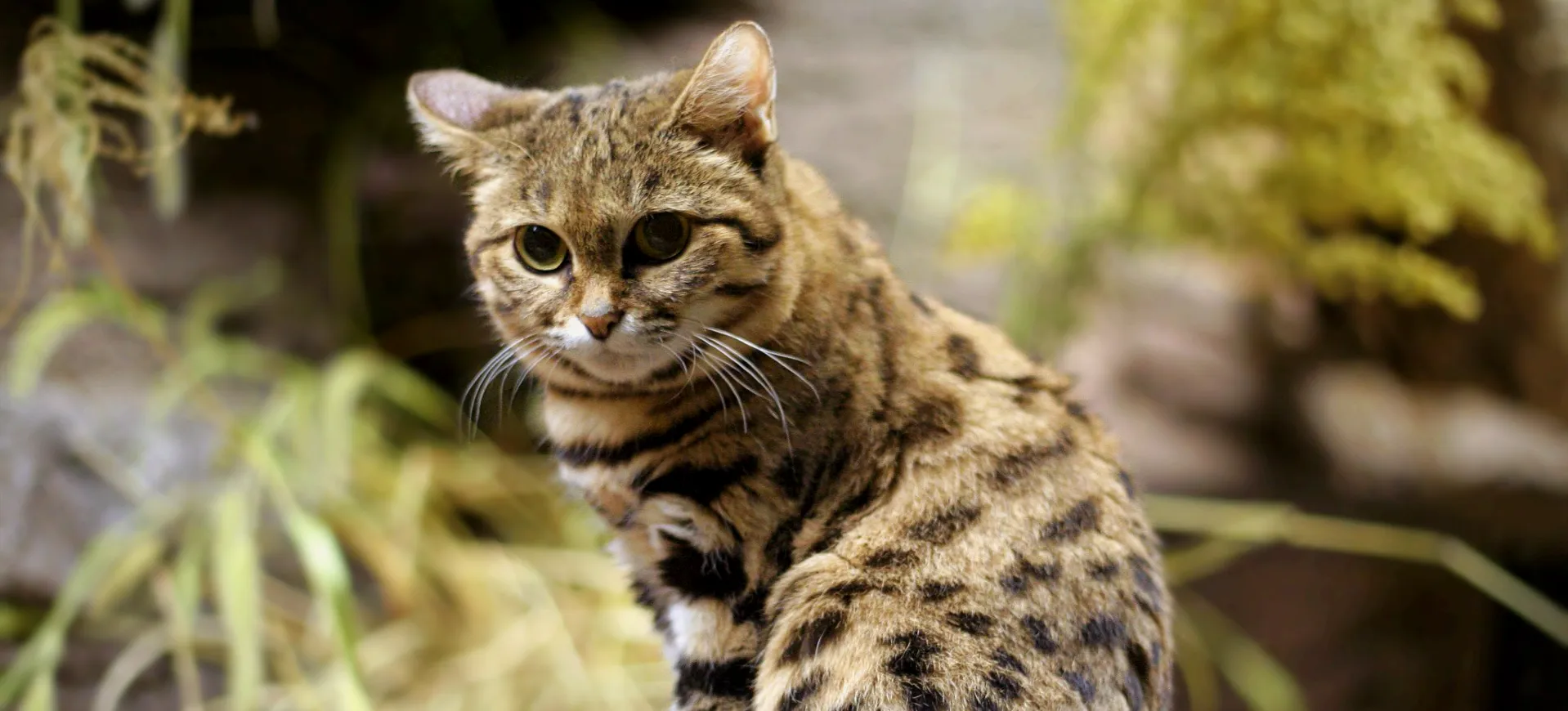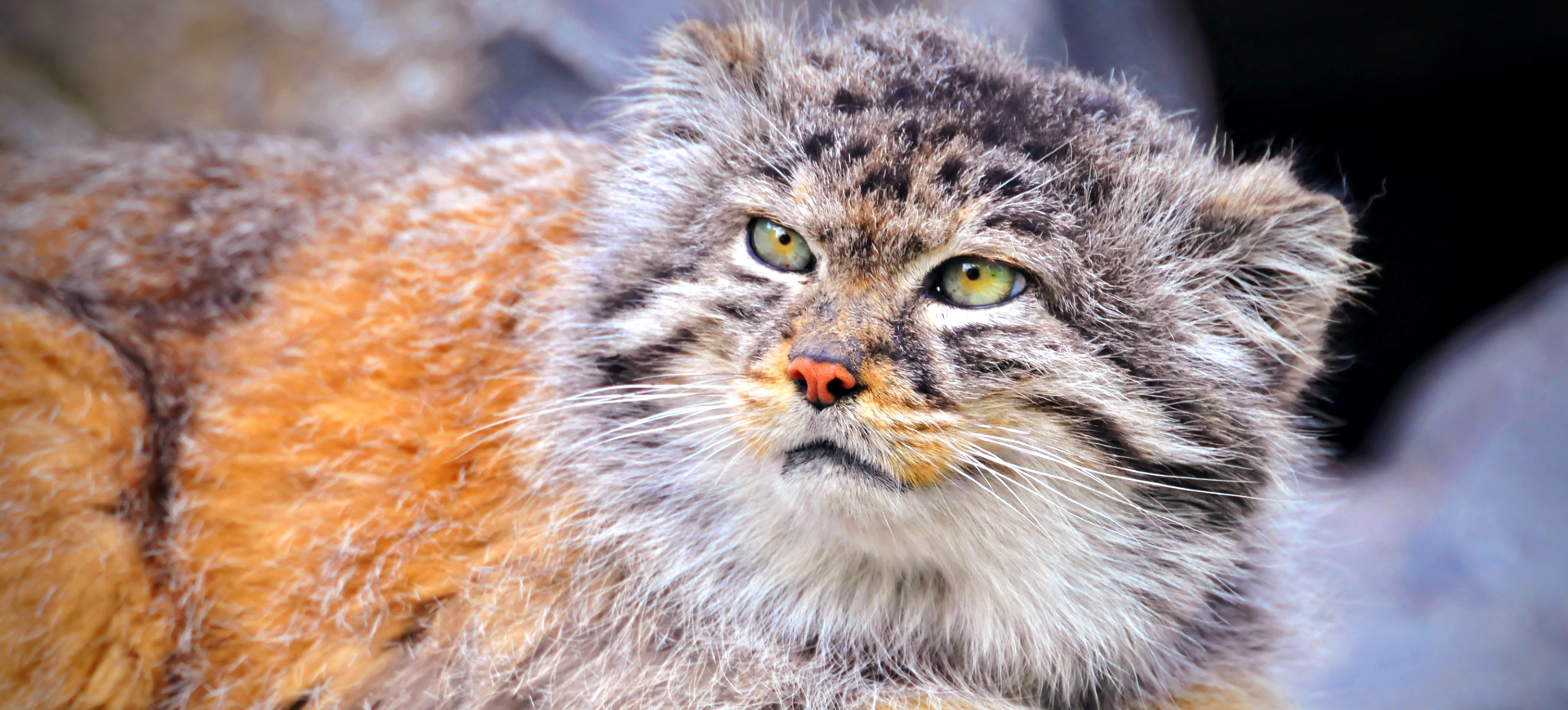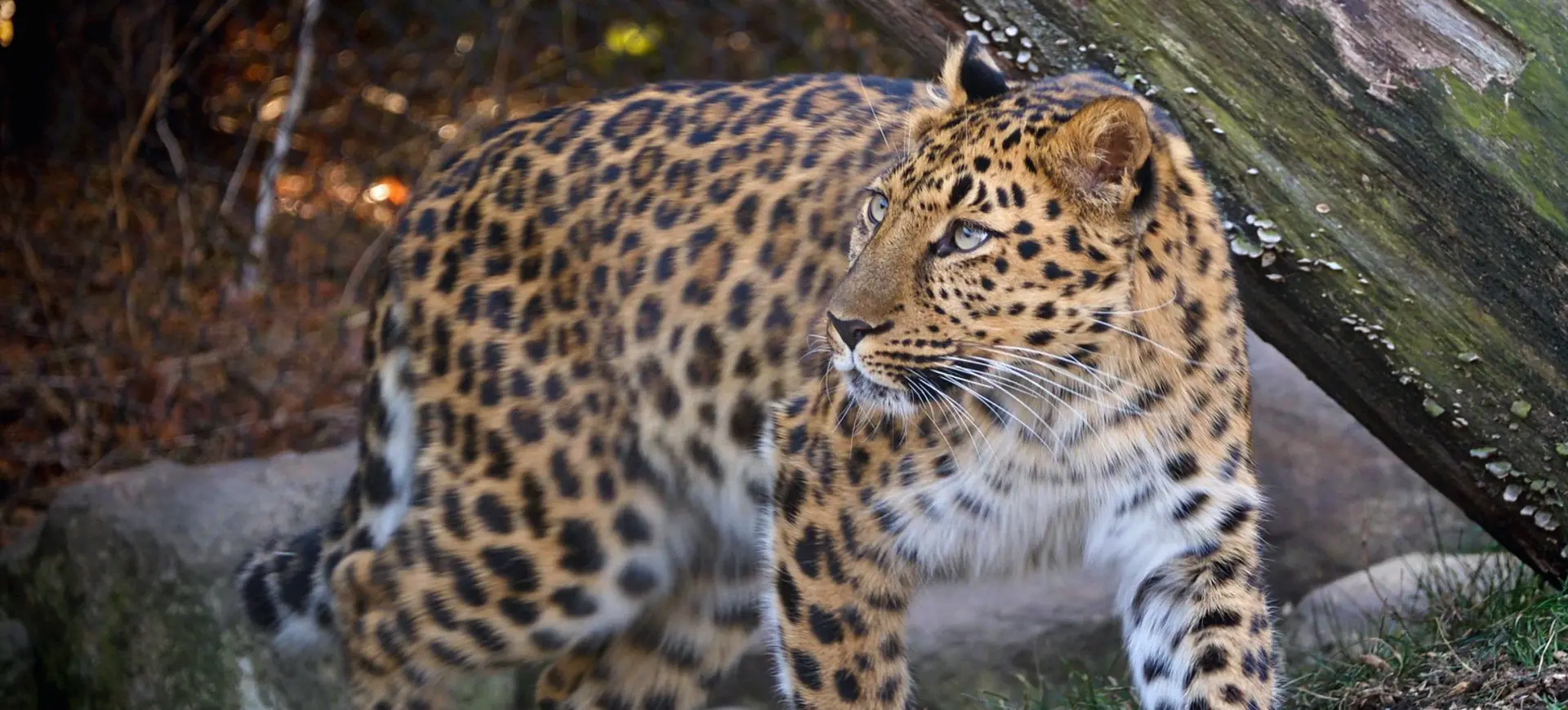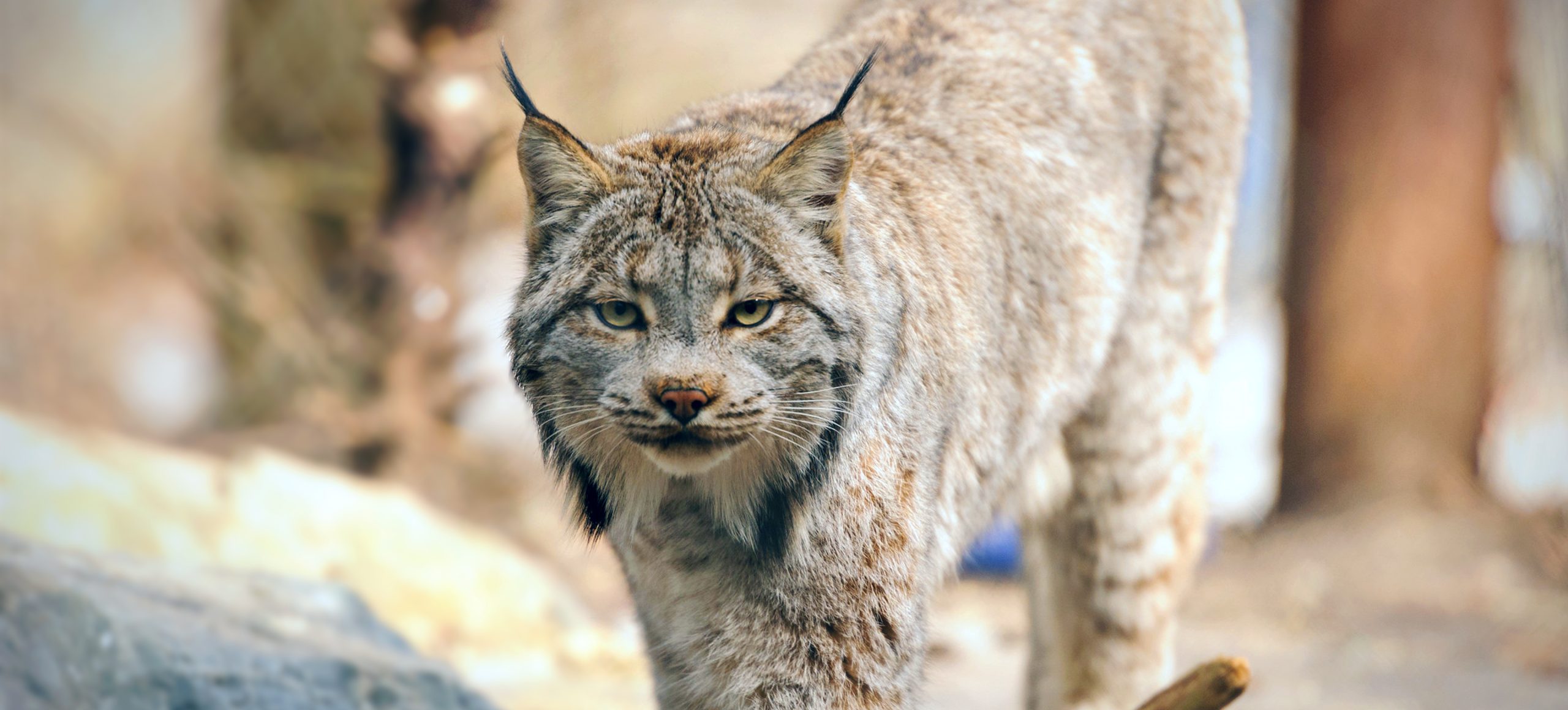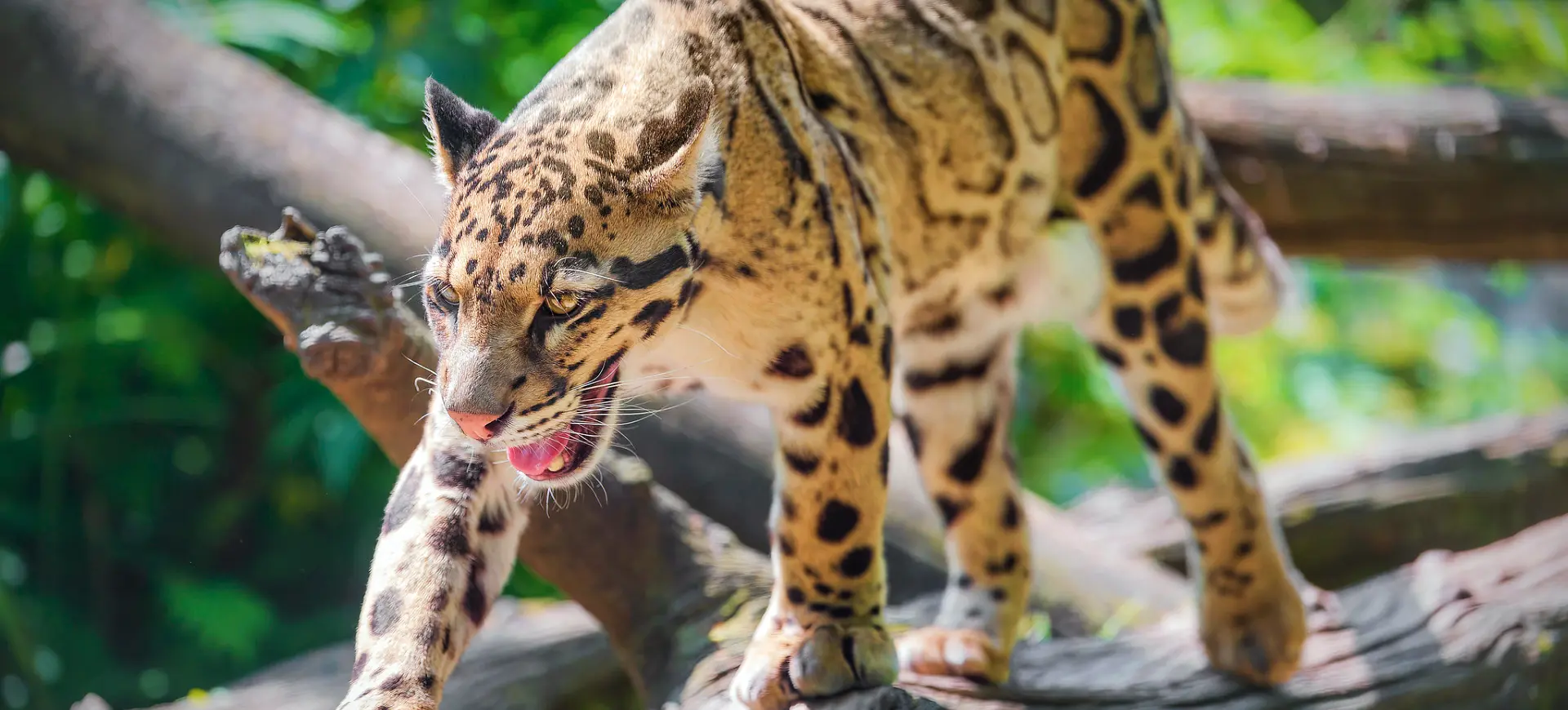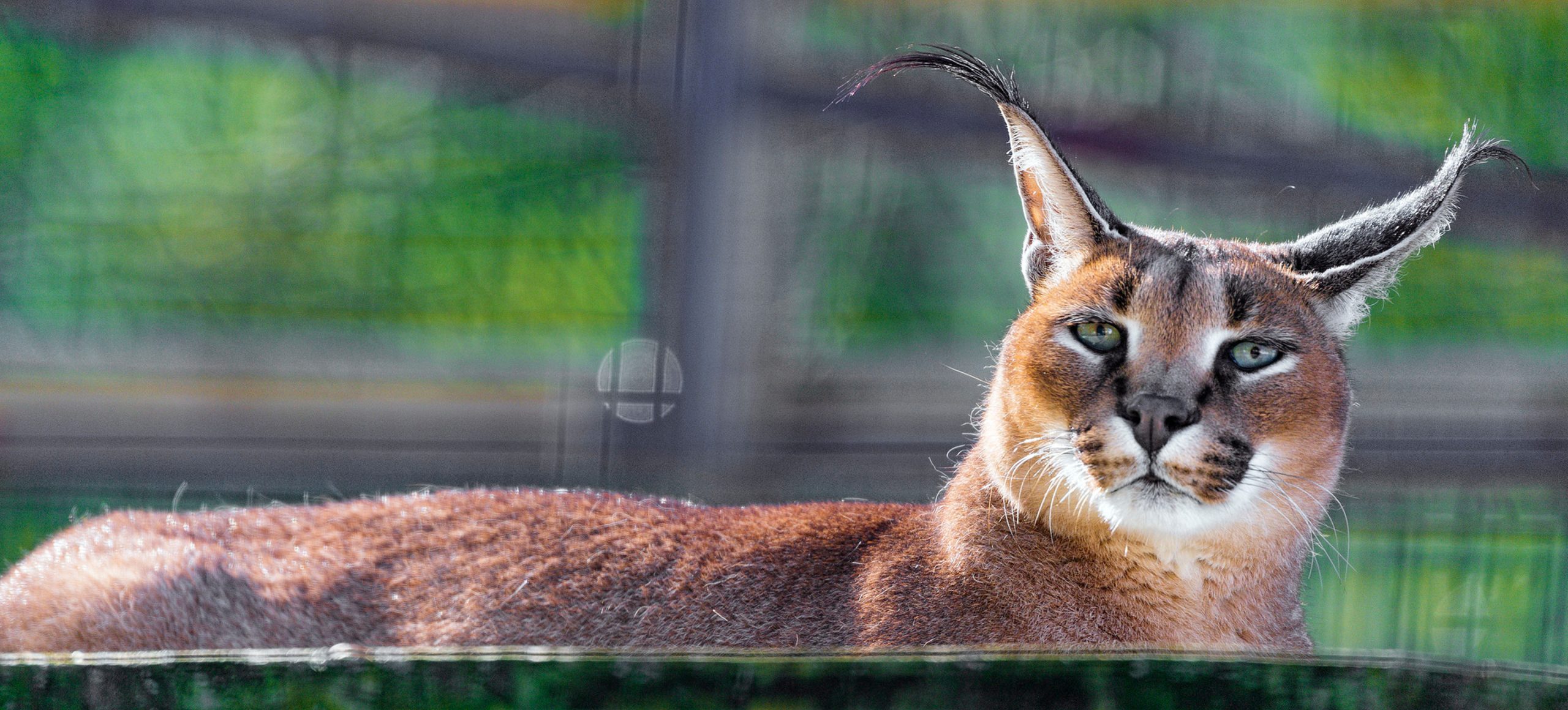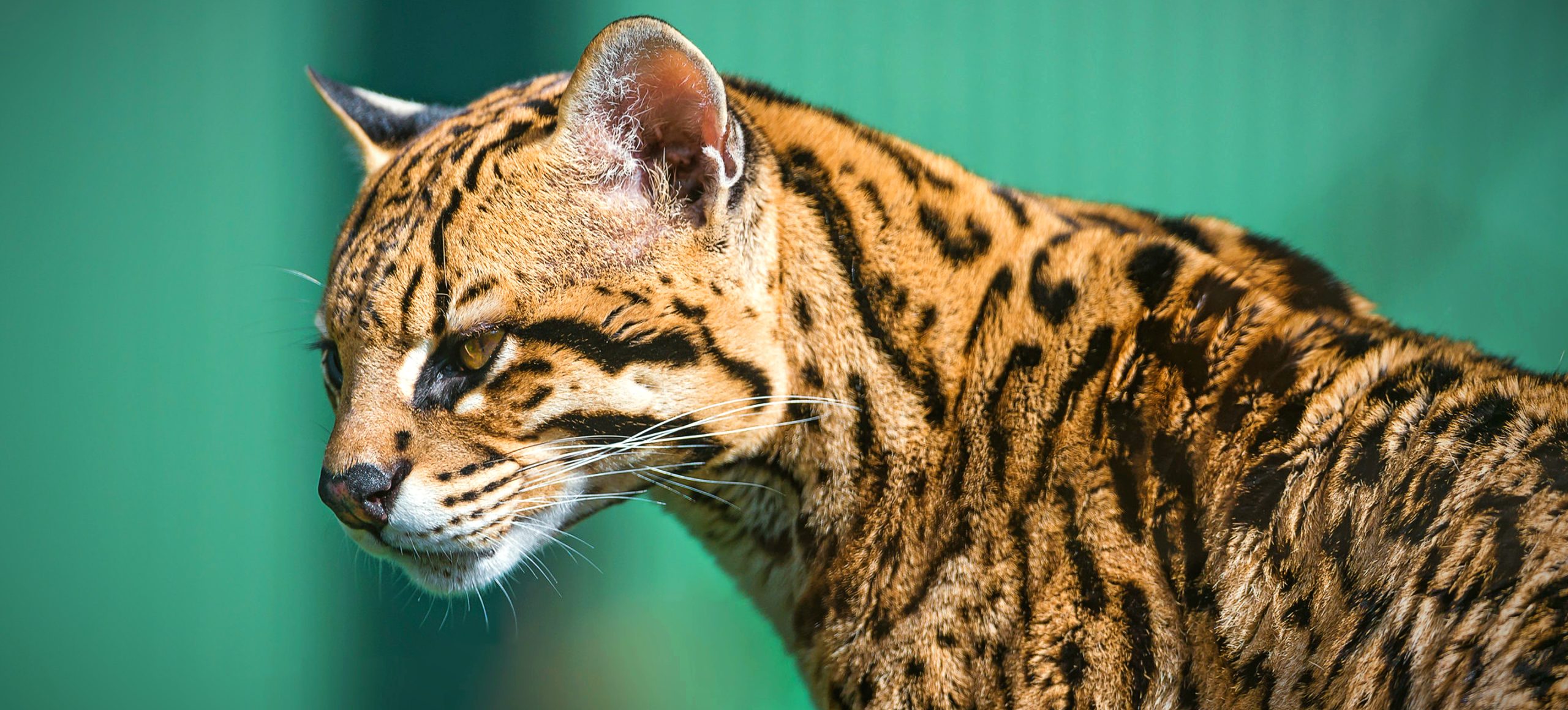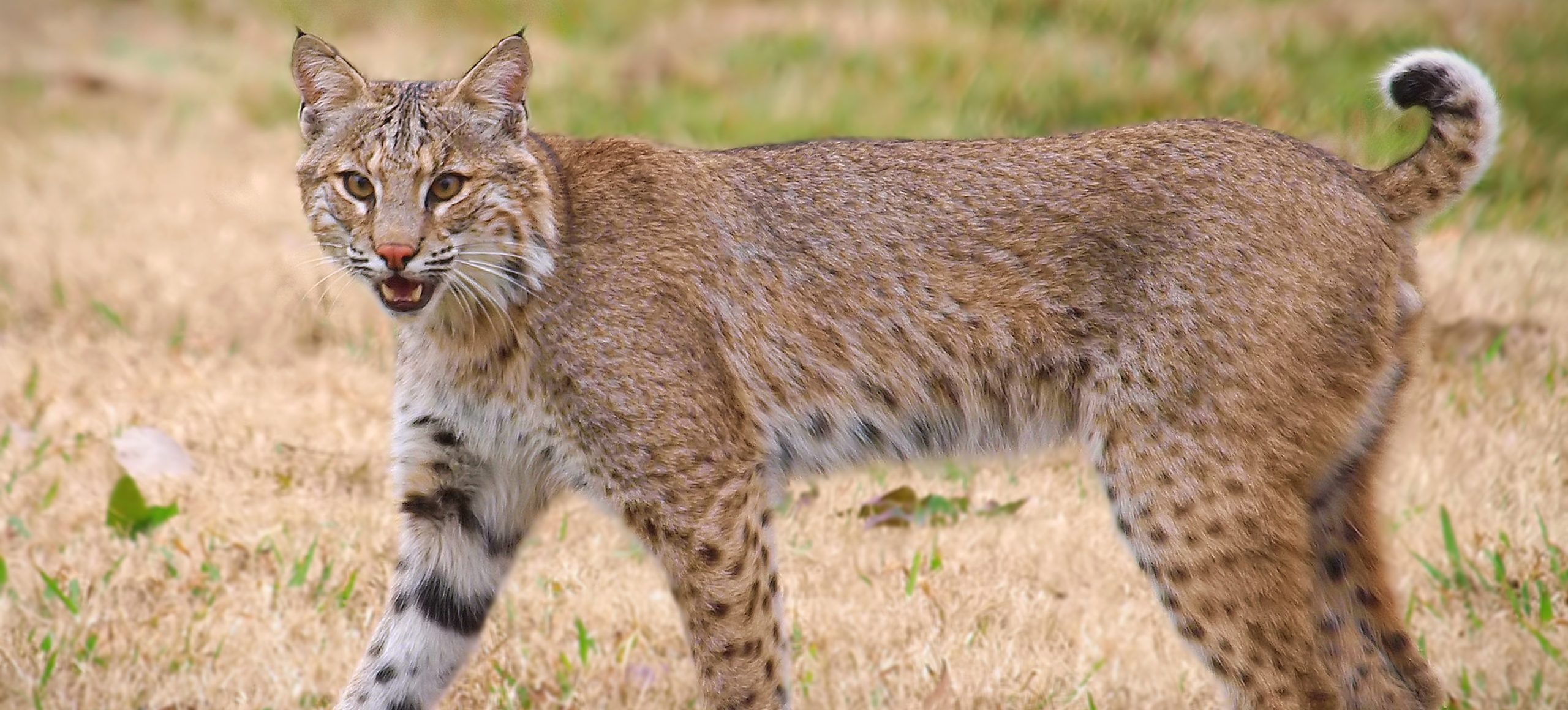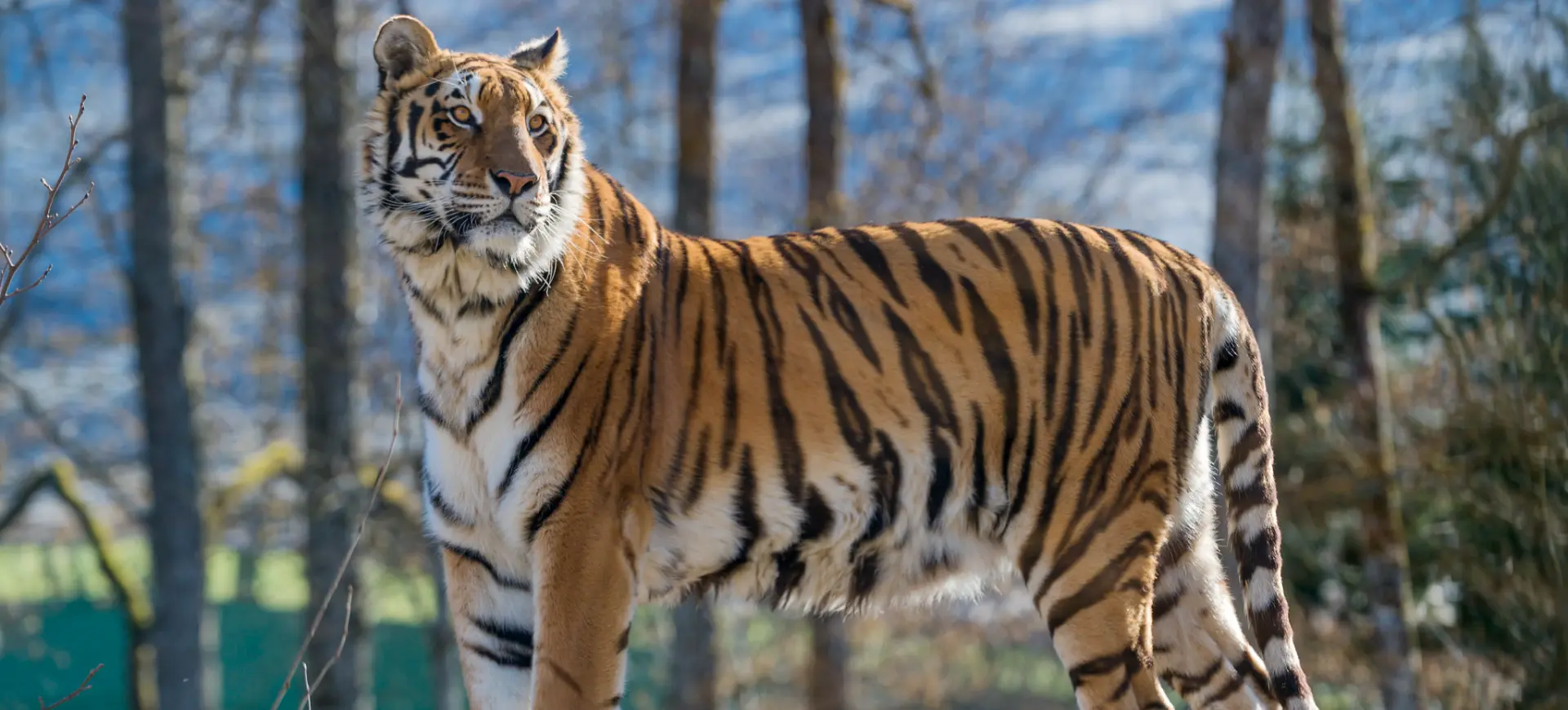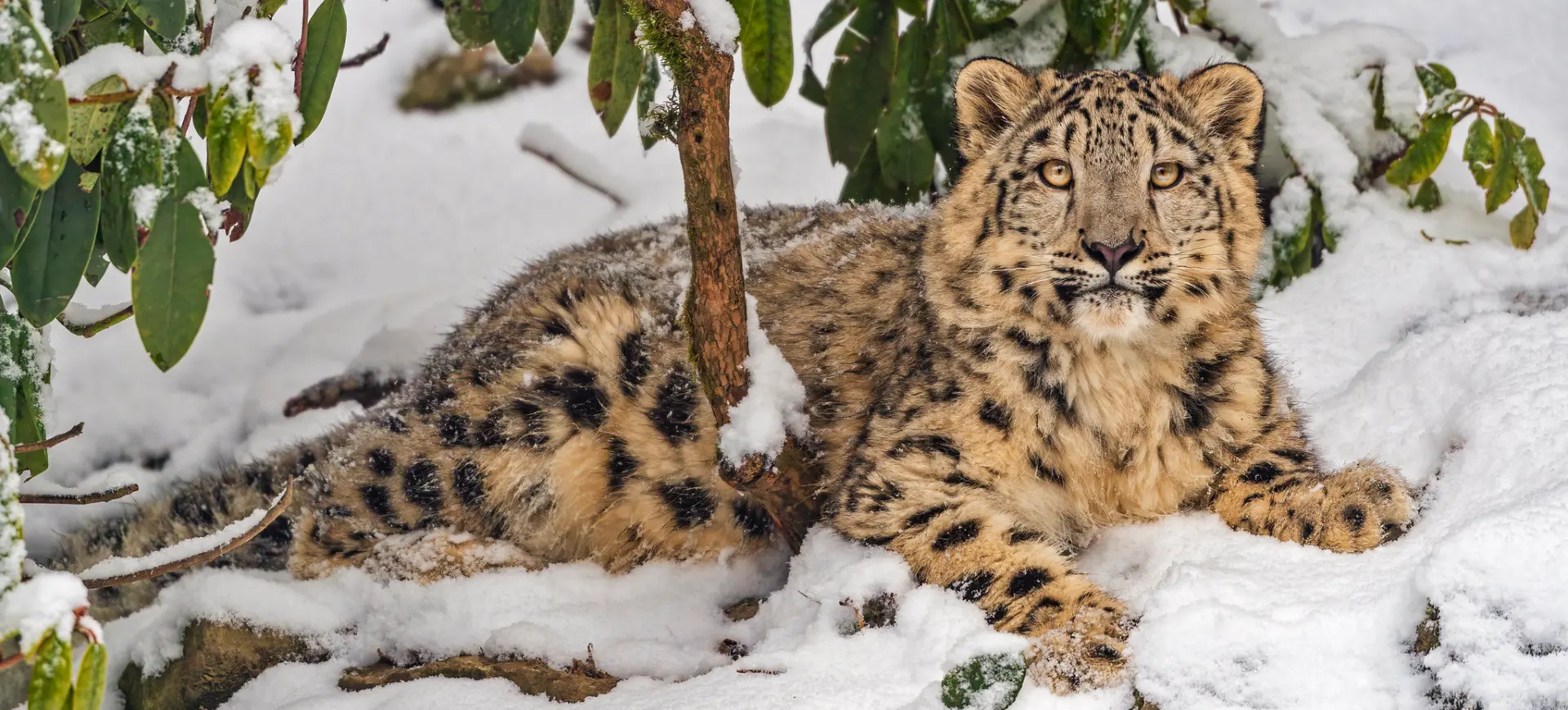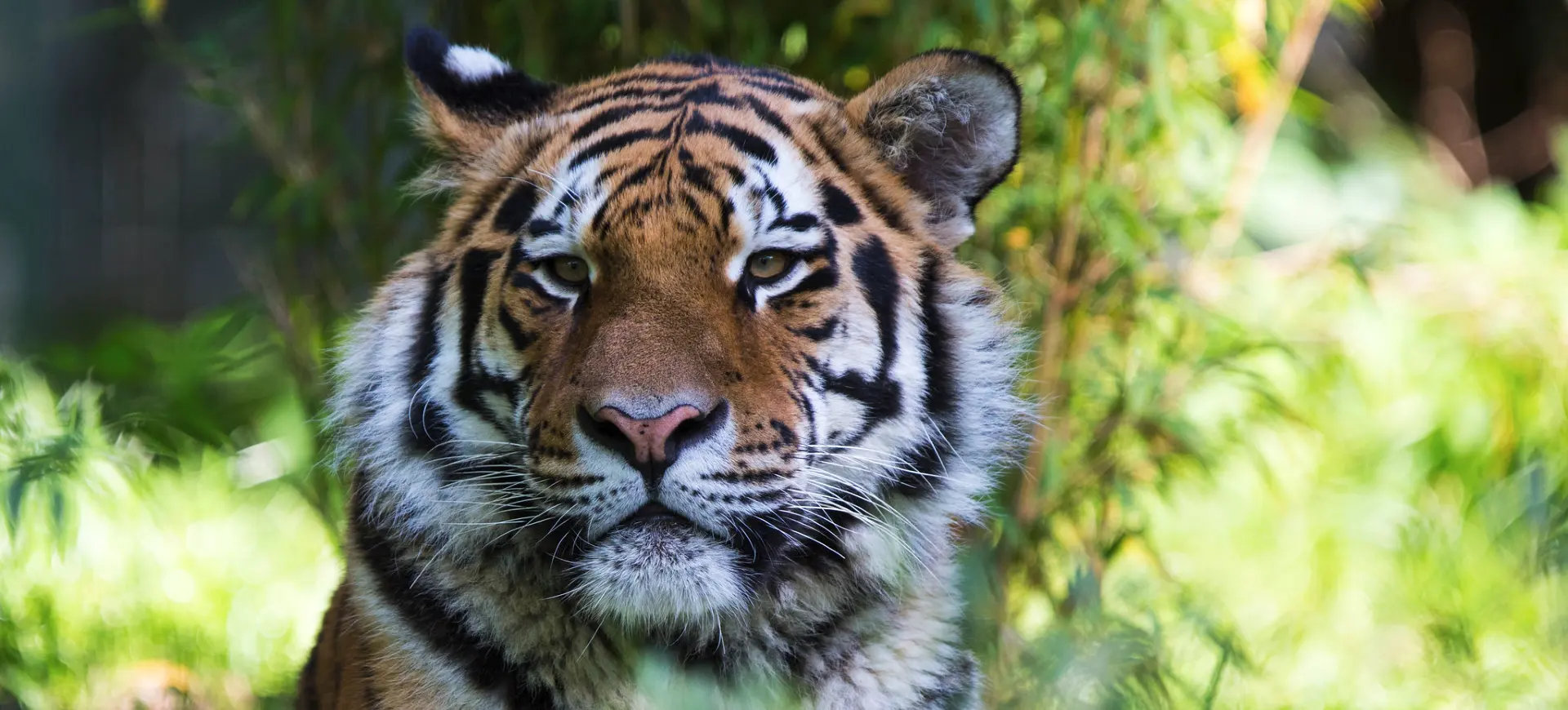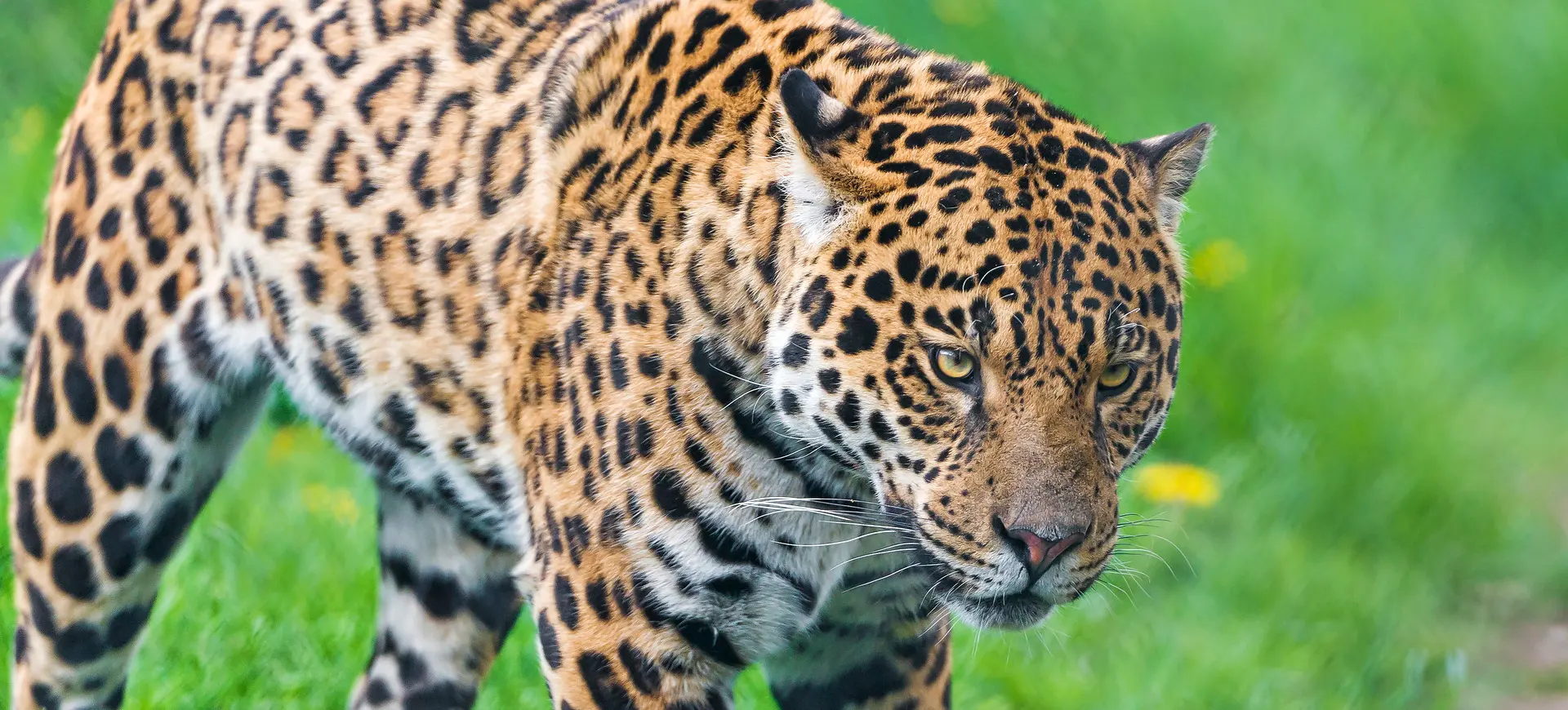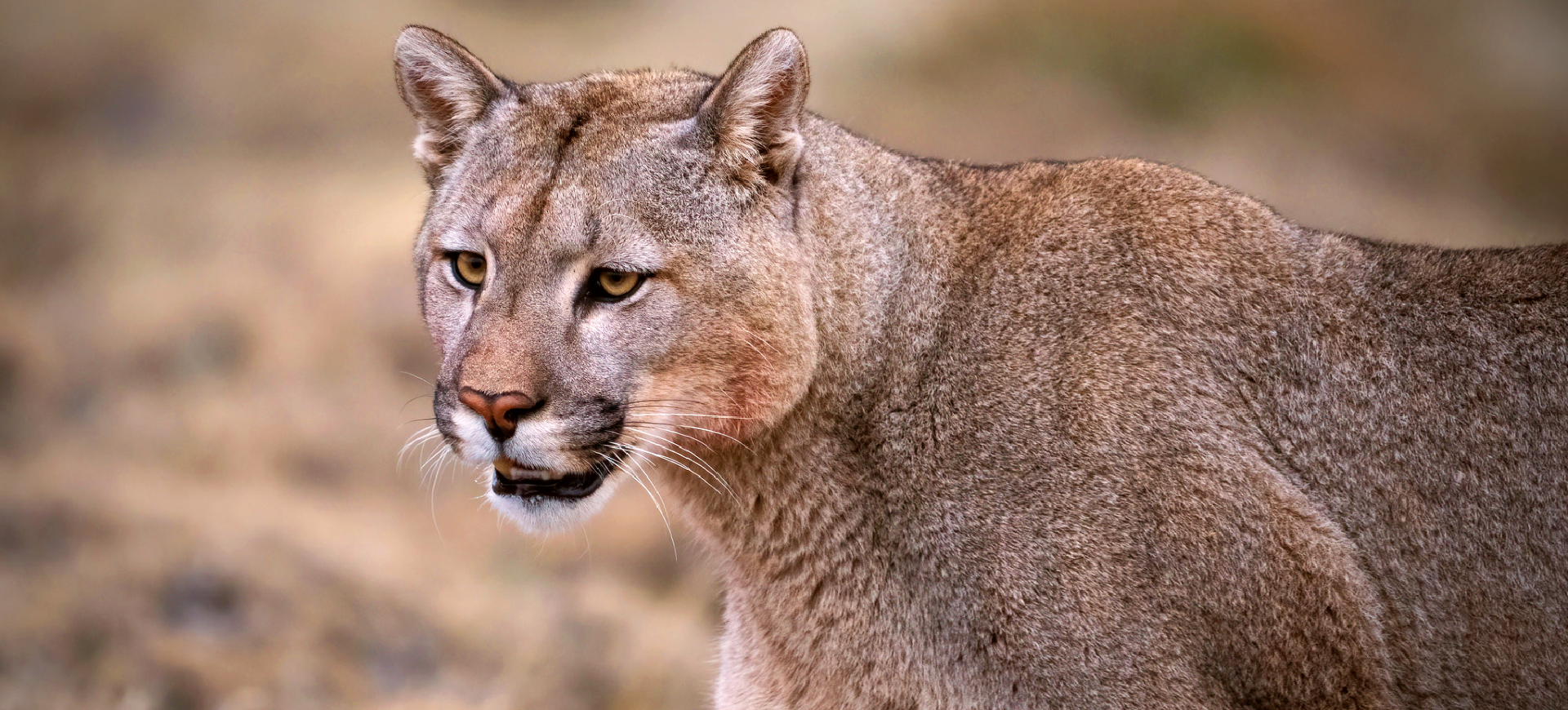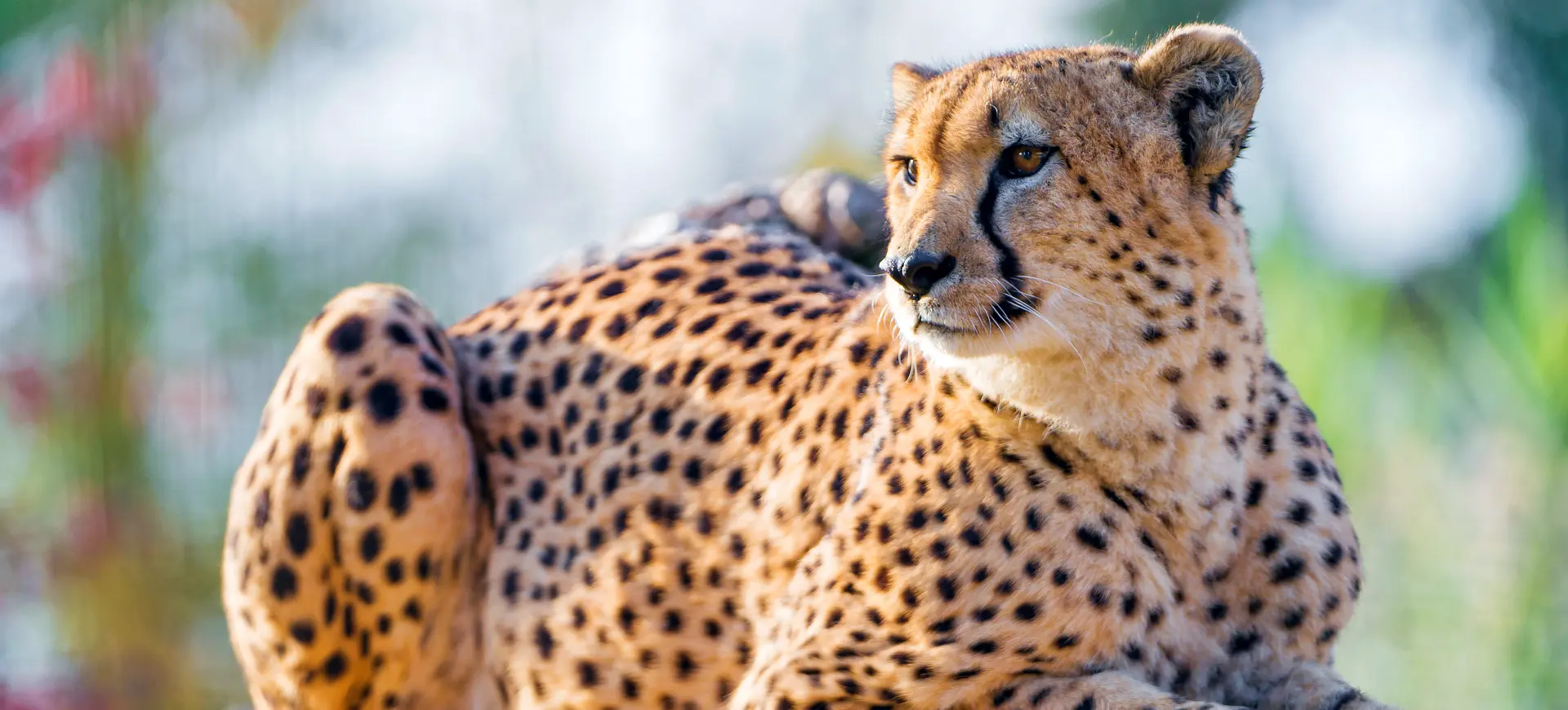Overview
The serval is a medium-sized wild cat native to Africa. Known for its long legs and spotted coat, it is well-adapted to its grassland and wetland habitats. It has a slender body, large ears, and a small head, giving it an advantage in hearing and agility. The serval has a broad diet and is known for its exceptional ability to leap and catch airborne prey like birds.
Despite its size and agility, the serval is not as well-suited for long-distance running as other big cats. Its specialized legs allow quick bursts of speed and high leaps but lack the muscle mass for sustained runs. This cat utilizes its keen senses of sight and sound to locate and stalk its prey before pouncing with a deadly accurate leap.
The serval is generally solitary and territorial, covering home ranges that can vary significantly depending on the availability of resources. Its primary form of communication includes vocalizations like growls, spitting, high-pitched calls, and scent-marking. Although primarily nocturnal, servals may also be active during the day, especially when prey is abundant.
Taxonomy
Kingdom
Phylum
Class
Order
Family
Genus
Species
Sub Species
Type
Physical Description:
The serval’s coat is golden-yellow with black spots and stripes, which serve as effective camouflage in its natural habitat. The spots may merge to form stripes on the back and the legs. The animal’s large ears, which are also spotted or striped, aid in its acute sense of hearing. Its eyes are typically green or yellow and have keen night vision capabilities.
The serval has disproportionately long legs compared to its body size, making it one of the tallest cats when measured at the shoulder. Its long neck and small head give it a distinct appearance. It has a short tail with a few bands and a dark tip. The serval also possesses retractable claws, which are used for catching and holding onto prey.

Lifespan: Wild: ~10 Years || Captivity: ~20 Years

Weight: Male: 40-44 lbs (18-20 kg) || Female: 20-30 lbs (9-13.5 kg)

Length: Male: 33-40 inches (85-100 cm) || Female: 28-34 inches (70-85 cm)

Height: Male: 24-26 inches (60-65 cm) || Female: 21-24 inches (53-61 cm)

Top Speed: 50 mph (80 km/h)
Characteristic:
Native Habitat:
Servals are typically found in open grasslands, wetlands, and savannas. They prefer regions with tall grasses and reeds where they can use their coat for camouflage while stalking prey. Proximity to water bodies is also a common feature of several habitats as they are good swimmers and often hunt for fish.
These cats are highly territorial and require considerable space to sustain their lifestyle. Male territories often overlap with those of multiple females but rarely with other males. Their territorial range can vary from 4 to 12 square miles depending on the availability of food and water resources.
Biogeographical Realms:
Continents:
Countries:
Diet:
Diet & Feeding Habits:
Servants have a diverse diet that includes rodents, birds, frogs, and insects. They are opportunistic feeders and will consume other types of meat if readily available. The serval uses its keen senses of hearing and sight to locate prey, stalking it carefully before making an agile leap to capture it.
They are known for their high “batting average” for successful hunts, capturing prey in one out of every two to three attempts. This efficiency is due to their exceptional leaping ability, often pouncing over 10 feet into the air to catch birds mid-flight. Despite their success in hunting, servals are not particularly good scavengers and will usually avoid carrion.
Mating Description:
Servals are solitary animals that come together only for mating purposes. Mating usually occurs after a series of vocalizations and scent markings that attract members of the opposite sex. The female serval signals her readiness to mate by increasing her vocalizations and scent-marking more frequently.
After a brief courtship, copulation occurs multiple times over a few days. Males do not take part in raising the offspring and will leave shortly after mating. Female servals are responsible for all aspects of childcare, from gestation to feeding and educating the young in survival skills.
Reproduction Season:
Birth Type:
Pregnancy Duration:
Female Name:
Male Name:
Baby Name:
Social Structure Description:
Servals are solitary animals that maintain distinct territories, especially the males. Each marks its territory using scent from anal glands, urine, and feces. The animal patrols its territory frequently to reinforce these scent markings, which serve as a communication tool for other servals in the area.
Territorial disputes are uncommon among servals, and physical confrontations are rare. The animal’s social structure is built around avoiding such conflicts. Males’ territories often overlap with those of multiple females but rarely with other males. Vocalizations are used for mating calls and territorial warnings, allowing servals to communicate over long distances.
Groups:
Conservation Status:
Population Trend:
Several populations are considered stable overall in the wild, especially within protected areas. However, they face threats from habitat fragmentation and hunting in certain regions. This has led to declining numbers in parts of their range, such as North Africa and certain areas of southern Africa.
Population densities vary greatly depending on the habitat quality and prey availability. They can range from one individual per square mile in optimal conditions to one per 10 square miles in less hospitable areas. Although they have a broad distribution across Africa, the species is patchily distributed and does not occupy all available habitats.
Population Threats:
The main threats to serval populations include habitat loss and fragmentation, primarily caused by agricultural expansion and human settlement. Hunting for their fur is another significant issue, particularly in West Africa, where the serval’s attractive coat fetches a high price on the illegal wildlife market.
Conflict with humans is another emerging threat. As human settlements expand into serval habitats, encounters become more frequent, leading to human retaliatory killings. The use of pesticides in agriculture also poses risks, as they can lead to a decrease in prey populations, affecting the serval indirectly.
Conservation Efforts:
Conservation efforts primarily focus on habitat preservation and anti-poaching measures. Many serval populations reside within protected areas, providing security from habitat loss and hunting. Educational programs also aim to minimize human-wildlife conflict by teaching locals about the ecological role of the serval and how to coexist peacefully.
Legal protection varies by country, but international trade in several parts is regulated under CITES Appendix II. Community-based conservation programs are effective in some areas, providing an economic incentive for locals to protect servals and their habitats. These programs often incorporate eco-tourism and sustainable land-use practices.
Additional Resources:
Fun Facts
- Servals can leap up to 10 feet in the air to catch prey.
- They have a success rate of 50% in hunting, which is among the highest for any carnivore.
- The serval’s large ears are used for echolocation to detect prey.
- Despite their solitary nature, servals are known to form short-term alliances to defend territories.
- They are one of the few cat species with both stripes and spots on their coat.
- Servants can swim well and often hunt for fish and amphibians.
- Their strong hind legs are not just for leaping; they also help the serval sit upright like a dog.
- The serval’s vocalizations range from purrs and spitting to high-pitched calls resembling birds chirping.
- They are one of Africa’s most widespread wild cats but are seldom seen due to their secretive nature.
- Servals have been domesticated to create the “Savannah” cat breed, a serval-domestic cat hybrid.











